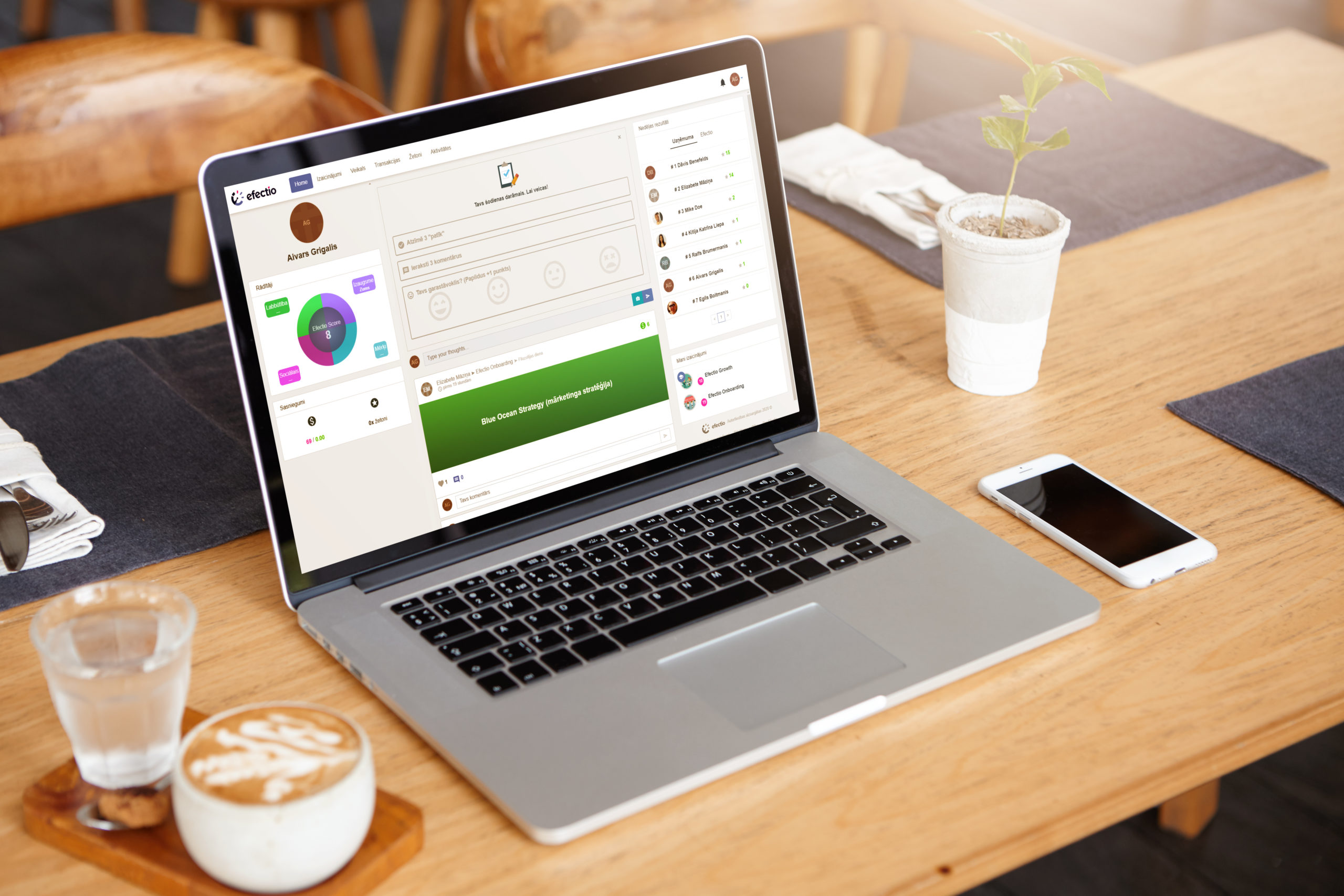How to Create a Student-Friendly Website: 7 Insights from Top Essay Writing
When creating a website, you need more than just pretty visuals or catchy content to capture students’ attention – this applies most to academics or, more specifically, essay-writing sites. Along with the aesthetically pleasing appearance, it is much more important to confirm that the site caters to the needs of the primary users, that is, the students. So, here are the seven takeaways on building a website from a student’s point of view.
1. Prioritize User Experience (UX)
UX design must focus on simplicity. Students are usually strapped for time, and information must be found quickly and in as few steps as possible. Ensure your website’s information architecture is clear, navigation is intuitive, and the site’s design is responsive, with a mobile version to make it more suitable for smaller screens. Include search functionality so that a student can look for a service or a piece of information without scanning multiple pages.
2. Speed Matters
The speed of a website is an essential criterion for user satisfaction. If the site loads slowly, users will not stick around, especially students who are often late with their assignments. You can increase the website’s speed by optimizing the images, minimizing the code, using a content delivery network, and booking a reliable web hosting service.
3. Offer Valuable Content
Content is the driving force behind every educational website. It has to be informative, neatly structured, and succinctly written. Description of your services and tips on writing academic papers have to be provided to cover students’ learning preferences. A blog about studying skills and university life would also be great. All the above content must be easily read with headings, subheadings, and lists where necessary.
If you juggle multiple assignments and work on website development, there’s a reliable solution to complete all tasks correctly. UKWritings creates custom essays UK that can help you manage your workload effectively. Delegate some tasks to professionals and complete your academic assignments at a higher level while building a user-friendly and exciting website for your peers.

4. Establish Trust
Regarding trust, this can be a wishy-washy word but places with services that write essays for you should have it through the roof. Let’s give the audience something to sink their teeth into by including visible trust signals. Potential customers want to see positive testimonials, that hard-to-learn chained lock on the checkout page, and an easy-to-find privacy policy. If you can let them know that you are highly qualified and the “best of the best” and provide real-world results, all the better.
5. Enhance Accessibility
Ensure your website is accessible to all students (with and without disabilities). Include alt text for images text transcripts for video, and ensure that the site is accessible via keyboard-only input. These tweaks not only extend the reach of your website but also meet legal standards for accessibility.
6. Incorporate Visual Learning Tools
These learning aids benefit many students, so including some in classes is essential. To make classes more effective for people who learn by seeing, you can try to use the following:
- Infographics: These can simplify complex writing concepts into digestible visuals.
- Videos: Useful for step-by-step demonstrations of writing techniques or discussing sample essays.
- Interactive Diagrams: Allow students to engage directly with the material, deepening their understanding.
- User-Friendliness: The techniques are easy to access and use – this is key to usability.
So, the more you integrate such visual tools into a simple, intuitive way, the more your students will be in “the moment,” and the more likely they will stick around to read the insights from your site.
7. Foster Interaction and Feedback
Learning is a collaborative process. Include a Q&A section, a forum, or a live chat service. Let your users leave feedback about your services or your content. This will increase your site’s interactivity and give you valuable insights into what you should improve next.
Building for Success: A Student-Centric Approach
Thus, you have to keep users in mind and use the information to design a website for students that is a good experience for them, with the right speed, good content, enough trust, accessibility, and visual learning tools. All of these factors form the evidence to convince students to stay with your website for study.









